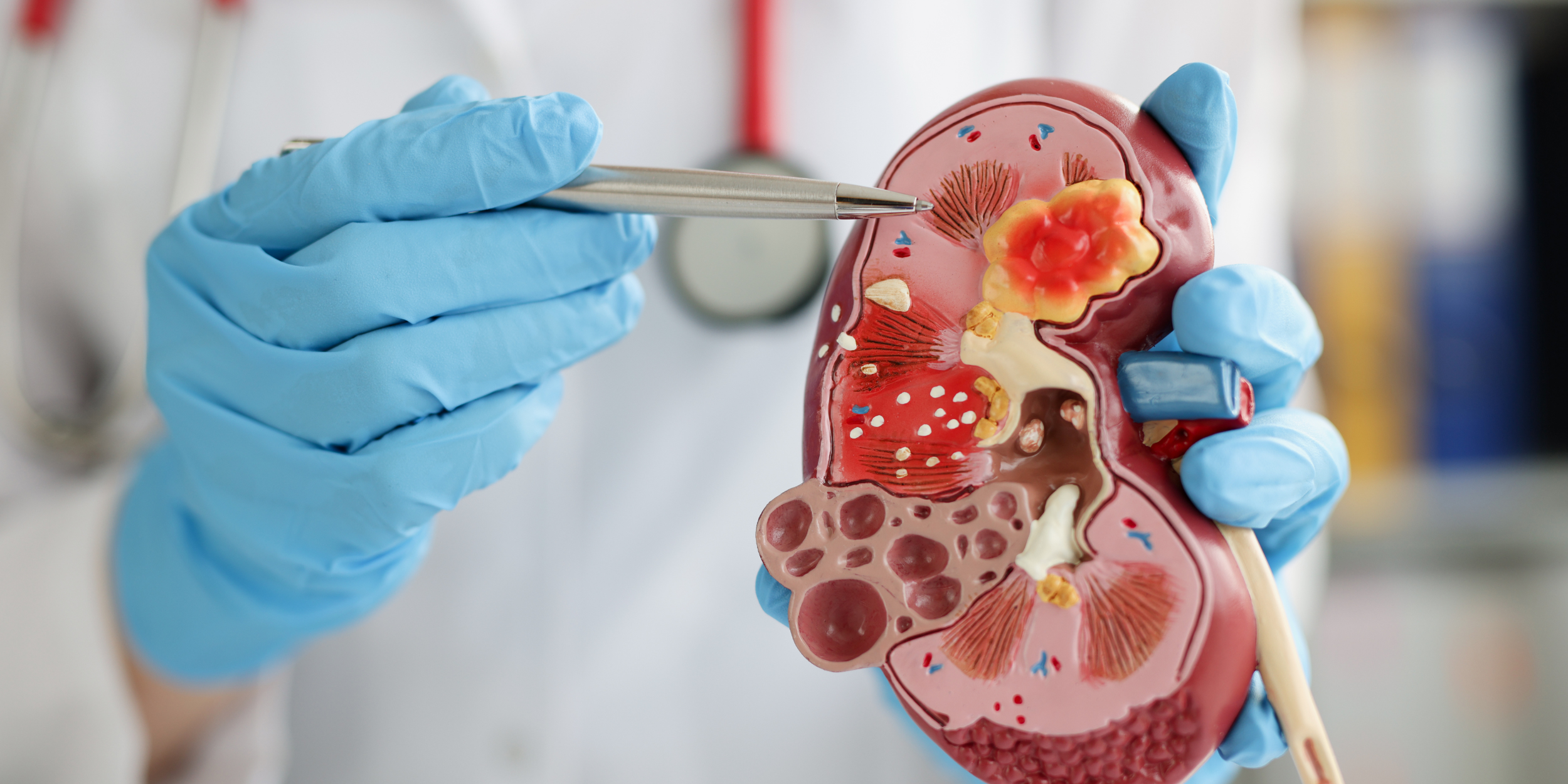Wilms Tumor Surgery
Wilms Tumor Surgery Treatment

Treatment Range Hospital in Hyderabad offers specialized Wilms tumor surgery for children diagnosed with kidney cancer (nephroblastoma). Wilms tumor is a common pediatric kidney cancer that typically affects children under the age of 6. Our expert pediatric surgeons and pediatric oncologists provide safe, child-friendly surgical care, ensuring complete tumor removal with minimal complications and a focus on long-term recovery.
We begin with a detailed evaluation using ultrasound, CT/MRI scans, and biopsy to assess the stage of the tumor and plan the appropriate treatment. Depending on the case, the child may undergo a partial or complete nephrectomy (removal of part or all of the affected kidney), sometimes followed by chemotherapy or radiation therapy. Our hospital is equipped with child-centric surgical infrastructure, pediatric anesthesia teams, and post-operative monitoring for a safe and comfortable experience.
If you are searching for Wilms tumor surgery in Hyderabad, Treatment Range Hospital is recognized for its multidisciplinary pediatric cancer care, experienced surgeons, and compassionate medical approach. We provide personalized care plans tailored to each child’s condition, making us one of the trusted hospitals for pediatric kidney tumor treatment in the region.
- Your 6 - Phase health Process
Your Complete Wilms Tumor Surgery Journey
🩺 Phase 1: Symptoms Identification
- Abdominal swelling or lump (often painless)
- Blood in urine (hematuria)
- Fever or abdominal pain
- High blood pressure
🔬 Phase 2: OPD Consultation with Pediatric Oncologist or Surgeon
- Thorough physical examination
- Medical and family history review (possible syndromes)
- Scheduling of scans and tests for confirmation
- Family counseling on diagnosis and treatment plan
📝 Phase 3: Causes (Etiology)
- Genetic mutations or congenital conditions (e.g. WAGR, Denys-Drash, Beckwith-Wiedemann syndrome)
- Abnormal kidney cell development during fetal growth
- Often no clear cause; mostly sporadic (not inherited)
🔧 Phase 4: Diagnosis
- Ultrasound of abdomen (initial test)
- CT scan / MRI of abdomen and chest (to check for lung spread)
- Blood and urine tests to evaluate kidney and overall health
- Genetic testing (if syndrome suspected)
💊 Phase 5:Treatment Plan
- Preoperative Chemotherapy (in many cases) – to shrink the tumor
- Radical Nephrectomy – removal of the entire affected kidney, ureter, adrenal gland and surrounding tissue
- Lymph node sampling to check for spread
- In select bilateral cases, partial nephrectomy or staged surgery may be performed
💪 Phase 6: Post-Surgery Care
- Hospital stay: typically 4–7 days
- Pain relief and antibiotics
- Gradual resumption of liquids and soft diet
- Wound care and drain management
Insurance Support










- Why Choose Us
Why patients trust us with their care
- Patient Testimonials
Patient stories of care and recovery










- Frequently Asked Questions
Helping you understand Our healthcare
Wilms tumor (also called nephroblastoma) is the most common kidney cancer in children, usually occurring between the ages of 2 and 5 years. It often affects only one kidney but can sometimes involve both.
Doctors may suspect a Wilms tumor if a parent or pediatrician notices a lump or swelling in the child’s abdomen. Diagnosis is confirmed with:
Ultrasound of the abdomen
CT scan or MRI of the abdomen and chest
Blood and urine tests
Sometimes, a biopsy (tissue test)
In most cases, the exact cause is unknown. Some children may have a genetic mutation or be born with conditions like:
WAGR syndrome
Denys-Drash syndrome
Beckwith-Wiedemann syndrome
However, many children have no family history or inherited conditions.
Treatment usually involves:
Pre-operative chemotherapy (to shrink the tumor)
Surgery (removal of the tumor and kidney)
Post-operative chemotherapy and/or radiation (depending on the stage and spread)
The main surgery is called a radical nephrectomy, which involves removing the entire affected kidney, surrounding fatty tissue, ureter, and sometimes the adrenal gland and nearby lymph nodes.